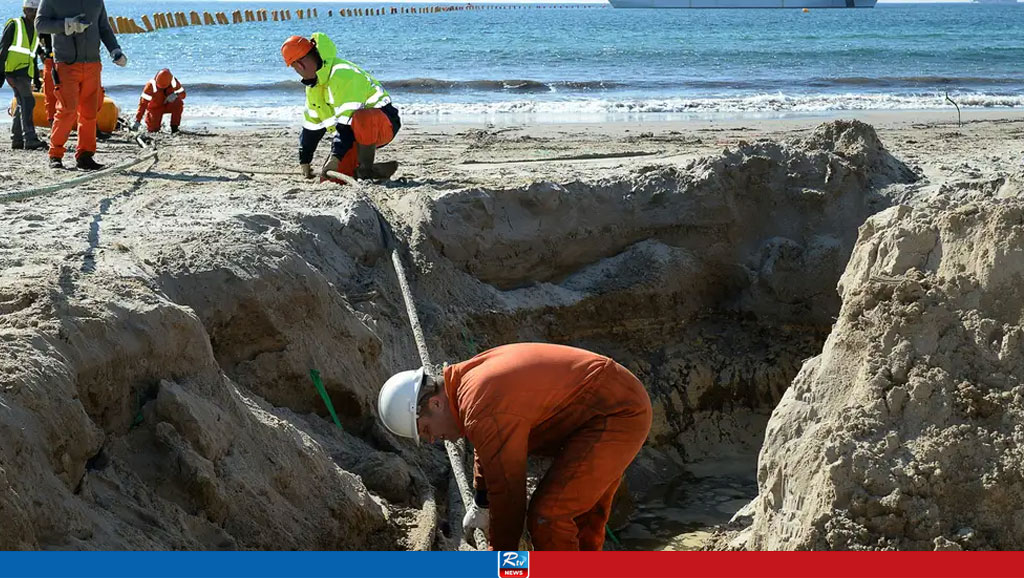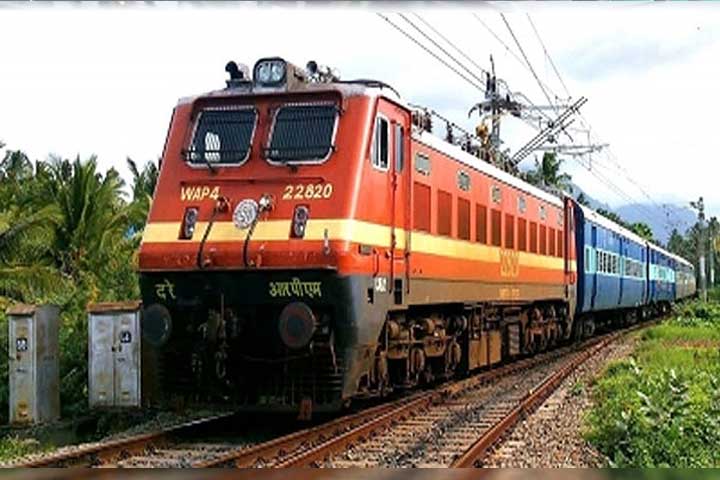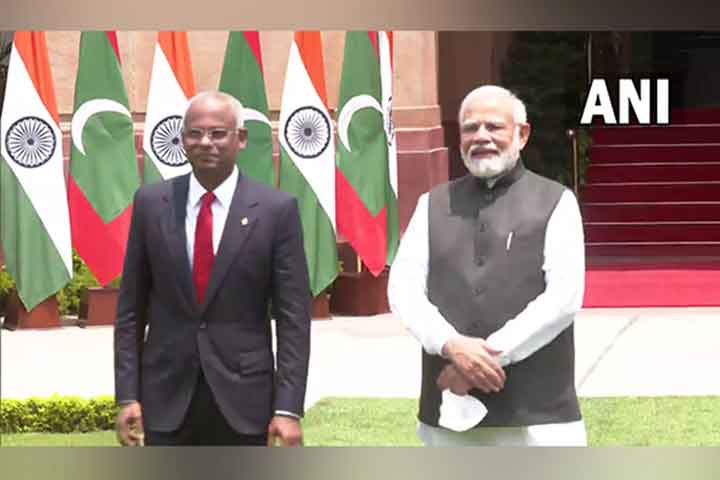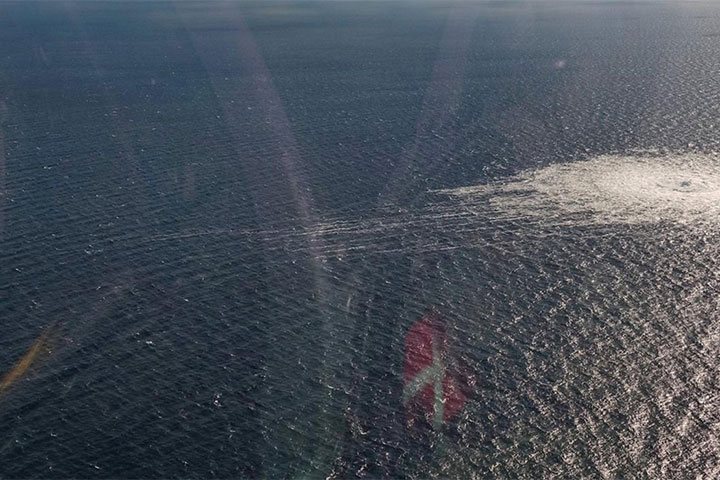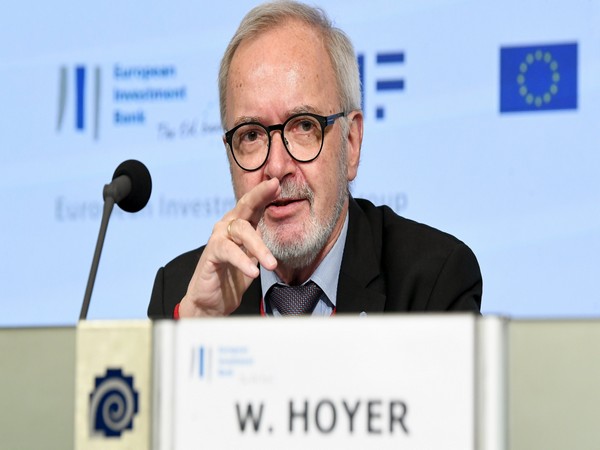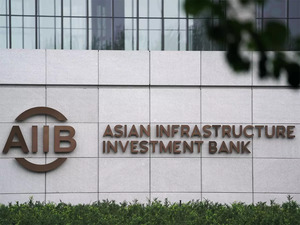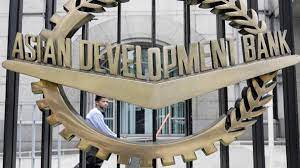Massive push to infrastructure & development in J&K
August 5 marks the day when Article 370 was abrogated in 2019. While a section of the media talks about the release of political prisoners, restoration of internet & phone connectivity, and lifting of the curfew are important issues, for ordinary Kashmiris the concept of ‘normalcy’ largely evolves normal functioning of schools, colleges, health services, government offices etc. Beyond the narrow interpretation of the state of ‘normalcy,’ real normalcy can be found in the thriving business and infrastructure that is being built in J&K.
Three years after the Central government abrogated Article 370, ending the semi-autonomous status of Jammu and Kashmir (J&K), bifurcate the state into the two centrally-administered union territories (UT) of J&K, and Ladakh began a new phase in Kashmir’s history, encouraging the people of the state a future of development and peace. Today Kashmir is well on its way to becoming a model state with investments, infrastructure, tourism, social welfare and agriculture showing unprecedented growth in the three years since being freed from Article 370.
According to information provided by the Government of Jammu & Kashmir, 1,41,815 new works/projects have been taken up under various sectors/schemes in the Union Territory (UT) of Jammu and Kashmir (J&K) since 2019. Kashmir is in fact poised on the cusp of a massive economic push with record investment proposals worth Rs 31,000 crore under consideration. The project construction and procurement activities are creating significant employment opportunities for skilled as well as unskilled labourers, engineers, transporters and small businesses in addition to those engaged in the supply of material, equipment and tools in the private sector. It is estimated that this investment has generated employment of about 1,169 lakh man-days in the UT of J&K.
The central government has notified a new scheme worth Rs 28,400 crore which is likely to provide employment to over 4.5 lakh people. Six agreements with global investors were signed at EXPO2020 Dubai in January 2022 for investments in real estate, infrastructure, tourism, healthcare, and manpower employment sectors among others. The quantum jump in the budgetary allocation is a piece of evidence of how seriously India wants to bring peace through development in otherwise restive J&K because of the perpetration of terrorism from the Pakistani side. The new government is continuously taking policy initiatives for the development of J&K.
There is considerable progress on the infrastructure front. More than 53 projects are at different stages of completion at a cost of Rs 58,477 crore in various sectors such as roads, power, health, education, tourism, agriculture, and skill development. Twenty-one of these projects have been completed or substantially completed. Projects languishing at various stages numbering over 1,192 projects worth Rs 1,983.77 crore were completed, including five projects which were incomplete for more than 20 years, 15 projects for more than 15 years and 165 projects for more than 10 years. These include roads nearly 11,517 km in total length, 1858 roads and 84 bridges.
A multi-pronged plan has been put in place to transform Kashmir into a premier educational hub in north India. Besides improving existing schools and colleges, new educational institutions are rising across the territory. Premier educational institutes like IITs and IIMs are already functional. Over 22 colleges and two new cultural universities are on the anvil. At the micro level, students are being offered better-endowed scholarship schemes, helping those from the minorities as well as poorer sections of the society.
With an aim to improve the physical infrastructure in Jammu and Kashmir, the government has accelerated the pace of execution of Prime Minister’s Development Package (PMDP) projects. Official data suggests that the expenditure has reached up to Rs.34,653 crore ending October 2021 resulting in fast-moving improvement of physical infrastructure here. As per the data, 21 major projects have been completed/substantially completed and nine projects are likely to be completed by this financial year.
In respect of the Pradhan Mantri Gram Sadak Yojana(PMGSY), J&K has moved in the overall ranking in the country from 9th place in 2016-17 to 3rd position in 2020-21. A dedicated policy for the maintenance of road infrastructure has been approved by the UT government during 2021-22.
In another significant achievement, J&K has achieved 100% household electrification under the Saubhagya scheme before the target date and 3,57,405 beneficiaries have been covered. The government has also embarked on a path of smart metering and around 20 Lakh consumers shall be covered under Smart Metering Program. As of now, the Installation of two Lakh metres is already underway and the installation of another six lakh is being finalized under Revamped Distribution Sector Scheme.
Further to improve the power infrastructure as well as distribution in Jammu and Kashmir, Government is committed to increasing the power generation of J&K as the UT has vast potential for Hydroelectricity. Power projects with 3500 MW capacity are going to solve most of the power woes in Jammu and Kashmir.
Improvement in health services has been dramatic with national health schemes and projects establishing themselves in far nook and cranny of the valley. National medical insurance schemes are now reaching even the most remote, and poorest, sections. Kashmir is the only Union Territory with universal health insurance coverage for up to Rs 5 lakh per family. Besides premier medical institutes like All India Institute of Medical Sciences and Cancer Institute along with two new medical colleges in Udhampur are changing the health scene in Kashmir. Mega private hospitals are already planning to enter the state. The first one would be Apollo Hospitals which plans to set up a 250-bed hospital, an initiative which the hospital administration hopes would sow the seeds of Kashmir being known as a global health tourism destination.
The Pakistan-sponsored insurgency that broke out in the 1990s wreaked havoc on the culture and heritage of the Himalayan region. Since the abrogation of Article 370, the government has devised a scheme for ‘Revival, Restoration, Preservation and Maintenance of Ancient Cultural Heritage’ in J&K. Under the banner of ‘Naya Jammu and Kashmir’ Government of India has embarked on a mission to revive, restore, preserve and maintain ancient sites and protect its cultural heritage.
J&K has been connected with the ‘Ek Bharat Shreshtha Bharat’ movement as the culture of the Himalayan region is being promoted among the people of other states and vice versa. In the recent past, many cultural exchange programmes of artists with other states and UTs have been organised to develop the connection that had been missing during the past 70 years. J&K has its own peculiar and varied cultural, social, historic, architectural and religious significance of the past embodied in the heritage sites. The present regime has worked out a comprehensive plan to restore the pristine glory of the heritage sites to make future generations aware of their legacy.
Kashmir is known for its handicrafts throughout the world. Its carpets, silks, shawls, basketry, pottery, copper and silverware, papier-mache, and walnut wood are most sought after. The cottage handicrafts industry provides direct and gainful employment to around 340,000 artisans. A new plan for global cooperation has been launched with Germany, one of the biggest patrons of Kashmiri handicrafts, as the focus.
The thrust areas are IT & Technology, Infrastructure, Renewable Energy, Manufacturing, Hospitality, Defense, Skills Education and Tourism sectors. Some of these have sought 15-year tax holidays on investment in militancy-hit areas, which the state is considering. Among the 31 companies which are eager to invest in the Valley include Reliance Ammunition Limited, Sree Cements Limited, Dalmia Cement (Bharat) Limited, Krishna Hydro Projects Pvt Ltd, Universal Success Enterprises Singapore, Cheema Boilers, Indian School of Business, Prakash Amusement Rides and Fun World Pvt Ltd, Bestech India Private Limited, LM Energy and Software Pvt Ltd, Cure Fit Health Care Pvt Ltd, Precision Industrial Systems, Ace International, etc.
A violence-marred state is fast becoming a great investment destination to look out for in the days to come. In short, it can be said that the government with the help of the central government has boosted the infrastructure as well as other developmental aspects in the Union Territory of Jammu and Kashmir. In coming years the Union Territory will be transformed both in terms of development as well as economic means as a large number of projects and schemes are underway here which will change the entire economic landscape of Jammu and Kashmir.
Write Up: Dr Sakariya Kareem
Source: Asian Lite
03 Aug 2022,17:08














 Live Tv
Live Tv
